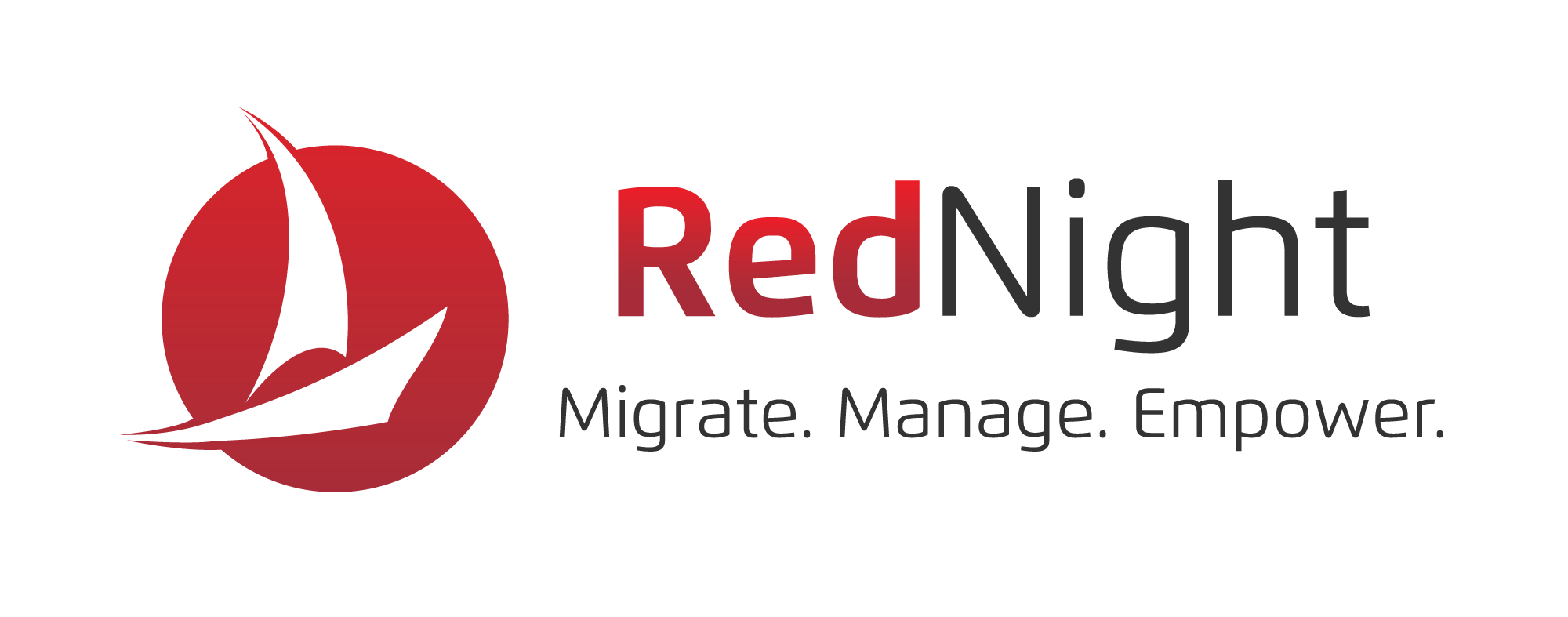Virtual desktop solutions are quickly becoming a game-changer for small businesses. Whether you’re adapting to remote work, managing complex IT, or looking for cost-effective solutions, virtual desktops are gaining traction as the modern workspace solution.
But what exactly is a virtual desktop? How does it differ from the traditional desktop setup you’re used to? And most importantly, is it right for your business? This guide will take you through everything you need to know about virtual desktop solutions for small businesses.
What Is a Virtual Desktop?
A virtual desktop is a digital version of your regular desktop environment, but instead of being tied to a specific device, it lives in the cloud.
It sounds confusing at first, but basically, all of your applications, programs, and files are stored on a remote server instead of on your local computer. This means you can access those files on any device by connecting to the virtual desktop.
Why Are Small Businesses Turning to This Virtual Service?
Small business owners are adopting virtual desktop solutions faster than ever. Here’s why they make sense for SMBs:
Remote Work is Here to Stay
The shift to remote and hybrid work environments has created a need for flexible technology. Virtual desktops allow employees to access their files securely from home, a coworking space, or even a café.
Cost-Efficiency
Say goodbye to investing in expensive new hardware every few years. Virtual desktop solutions for small businesses reduce dependency on physical devices and maintenance costs, allowing businesses to stretch their budgets.
Simplified IT Management
With all your desktop environments centralized, updates, patches, and troubleshooting are a breeze. Central IT management means fewer headaches for your small team.
Improved Data Security
Virtual desktops store data on secure servers instead of individual devices, reducing the risk of breaches. Features like encryption and multi-factor authentication strengthen security, which is especially important for compliance with regulations like GDPR or HIPAA.
Unlimited Benefits
This is only a fraction of the benefits—virtual desktop solutions for small businesses can also reduce IT downtime, scale your workspace as your team grows, and enable smoother collaboration across teams.
How SMBs Are Implementing Virtual Desktops
If you’ve been thinking about making the switch, you’re not alone! These solutions are perfect for teams looking to streamline their work, stay connected, and simplify IT management. Let’s explore a few common scenarios where virtual desktops really shine to give you some ideas.
- Remote Teams and Distributed Workforces: Provide equal access to tools and files regardless of your employees’ geographic location.
- Contractors and Temporary Staff: Offer short-term workers access to what they need without complicated setup or additional hardware costs.
- BYOD (Bring Your Own Device) Environments: If your employees prefer using their personal devices, virtual desktops ensure secure and consistent performance without compromising company data.
- Disaster Recovery and Business Continuity: Your data is safe in the cloud, even if your office hardware is damaged (think floods, fires, or theft).
Must-Have Features in Virtual Desktop Solutions for Small Businesses
So, you’ve found a virtual desktop solution that fits your business needs. Before you sign the dotted line, go through this quick feature checklist to guarantee an optimal user experience and maximum security.
- Compatibility with business software
- Security features
- Uptime guarantees
- Technical support and onboarding
- Scalability
- Data backup and disaster recovery
- Integration with other cloud services
- Multi-factor authentication for added security
How to Implement Virtual Desktops Across Workflows
Introducing virtual desktop solutions for your small business can be straightforward when done right. Once you have identified the right virtual desktop solution for your business, you’re ready to move on to the next steps.
1. Identify Your Goals
Determine what you want to achieve with virtual desktops, whether it’s cost savings, better security, or improved flexibility. Blindly jumping into this new technology without clear objectives can lead to inefficiencies and wasted resources. Be specific in setting your goals so you can measure success later on.
2. Choose a Trusted Provider
Select a provider that meets your technical, operational, and budget requirements. If they have the features above, that’s great. But you’ll also want to assess their track record, customer support, and service level agreements (SLAs). Don’t forget to consider their overall reputation in the industry as well.
3. Plan the Transition
Create a phased rollout plan, starting with a pilot group to test the system before scaling across your organization. Map out the current state of your communications infrastructure, identify any potential roadblocks, and create a timeline for implementation.
4. Train Your Team
Offer simple tutorials to get employees comfortable with this new way of working. The more help they get, the quicker they’ll adapt!
Frequently Asked Questions (FAQs)
Still unsure about making the switch? Here are some commonly asked questions about virtual desktop solutions for small businesses.
Is my data safe with virtual desktop solutions?
Absolutely. Virtual desktops use high-level encryption, centralized storage, and powerful security protocols to protect sensitive data more effectively than personal computers.
What happens if the internet goes out?
Internet connectivity is required to access your virtual desktop. However, there may be providers that offer offline options to ensure some level of functionality. You can also use mobile hotspots for emergencies.
Can I use virtual desktops on any device?
Yes! Virtual desktops work across various devices, including laptops, tablets, and smartphones, as long as you have internet access.
Do I need to install any software to use virtual desktops?
In most cases, you will not need to install any software on your device. However, some virtual desktop providers may require you to download a small client app for better performance and security purposes. It is always best to check with your provider beforehand.
Can multiple users access the same virtual desktop at once?
Yes! Most virtual desktops allow for multiple users to access the same session simultaneously, making it ideal for collaboration and teamwork. This feature is especially useful for businesses that need their employees to work on projects together remotely.
Take the Leap With RedNight Consulting By Your Side
With the growing trend of remote work, it’s never been more important to ensure your business is equipped with the right tools and technology. At RedNight Consulting, we specialize in providing top-of-the-line virtual desktop solutions for small and medium-sized businesses.
With our professional experts by your side, you’ll experience a seamless implementation of a virtual desktop solution that fits your specific requirements. Plus, you’ll have a trusted hand to help set up multiple user access, implement security protocols, and more. Take full advantage of this powerful tool and add RedNight Consulting to your team.


